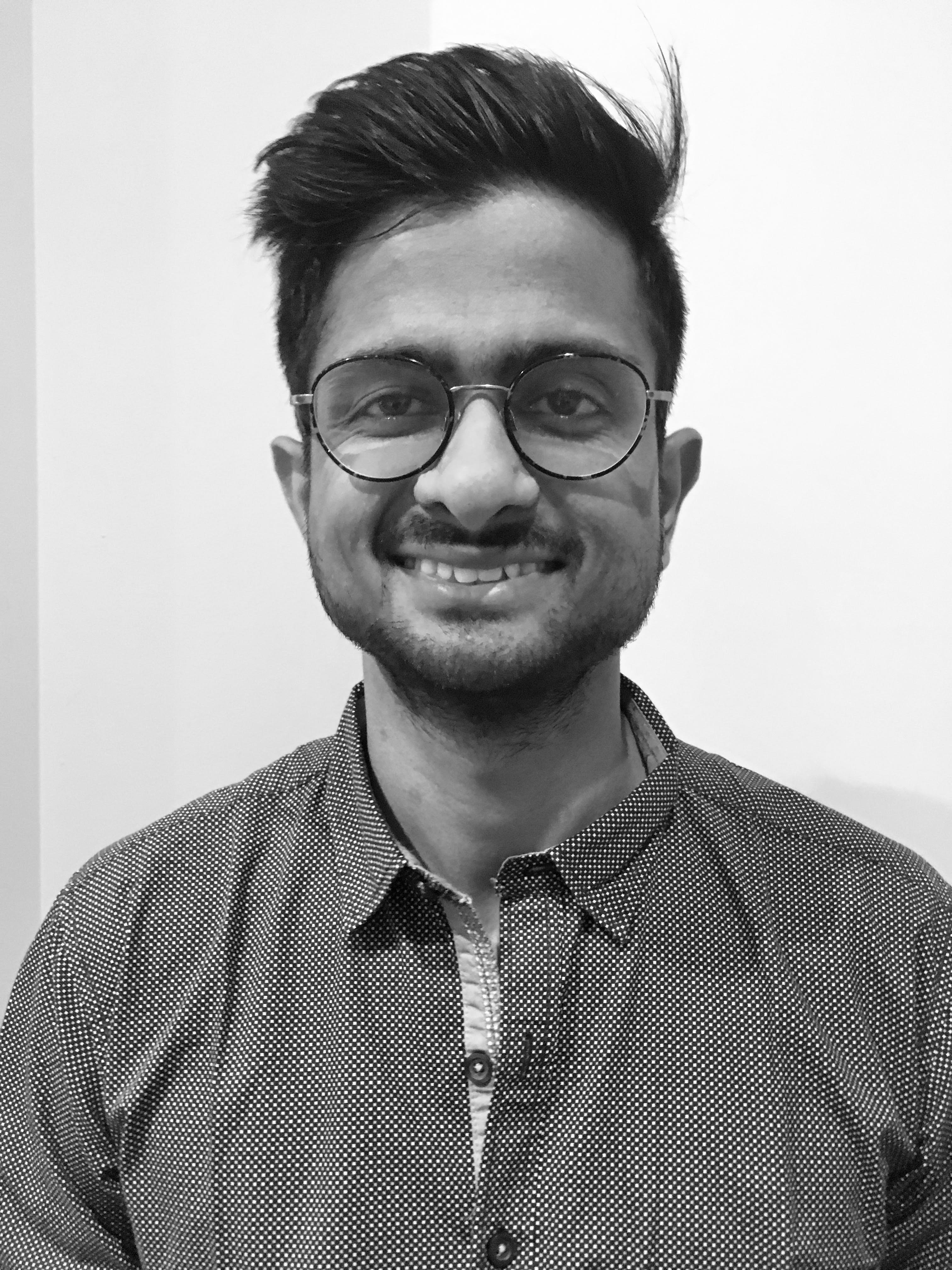About me

Aravind Chandrasekaran
CV
My research focuses on employing inter-disciplinary computational approaches to understand how mechanical and chemical properties of biological materials are tuned to enable specific functional goals in living systems. Examples include dynamic biological patterns of self-assembly in actin bundles, and signal-cytoskeleton relationship in growing axons.
Employment
- Quantitative Systems Pharmacologist, Atrium Payroll Services LLC in contract with Pfizer Inc., (July 2025- Present)
- Post-doctoral fellow, Rangamani Lab (August, 2021 – June, 2025)
Education
- Ph.D. Chemistry, University of Maryland, College Park (2014-2021)
- Thesis Advisor: Garegin A. Papoian
- M.Sc. Bioinformtics and Structural Biology, National Tsing Hua University, Taiwan (2012-2014)
- Thesis Advisor: Dr. Lee-Wei Yang
- B.Tech. Chemical Engineering, Anna University, Chennai, India (2007-2011)
Selected Honors and Awards
- Chosen for the Summer School 2024: Self-Organizing Matter: From Inanimate to the Animate, 2024
- Chosen for the Rising Stars in Soft and Biological Matter Symposium, University of Chicago, 2023
- Dean’s Fellowship, University of Maryland, 2014-15, 2015-16, and 2019-2020
- International Student Scholarship, National Tsing Hua University, 2012-13, and 2013-14
Research recognition/highlights
- 2023 VASP liquid droplet research was highlited in Physics Today Actin assembly is a physics problem
- 2022 Axonal actin assembly research was recommended to H1 Connect (previously Faculty Opinions) by Prof. Peter Hiesinger
Publications (# equal contribution)
- Zhu, K.#, Guo, Z.#, Chandrasekaran, A.#, Miao, X., Rangamani, P., Zhao, W., Miao, Y., Radius-Sensitive Curvature and Cdc42 Orchestrate Actin Nucleation via FBP17-N-WASP Clustering The EMBO Journal (in Press)
- Walker, C., Chandrasekaran, A., Mansour, D., Graham, K., Torres, A., Wang, L., Lafer, E.M., Rangamani, P., Stachowiak, J.C. (2025). Liquid-like condensates that bind actin promote assembly and bundling of actin Developmental Cell 60(11), P1550
- Chandrasekaran, A., Graham, G., Stachowiak, J.C., Rangamani, P. (2024). Kinetic trapping organizes actin filaments within liquid-like protein droplets, Nature Communications, 15, 3139
- Graham, G., Chandrasekaran, A., Wang, L., Ladak, A., Lafer, E.M., Rangamani, P., Stachowiak, J.C. (2024). Liquid-like condensates mediate competition between actin branching and bundling., PNAS, 121(3), e2309152121
- Forghani, R., Chandrasekaran, A., Papoian, G. A., and Giniger, E. (2023). A new view of axon growth and guidance grounded in the stochastic dynamics of actin networks., Open Biology, 13: 220359
- Fang, H.Y., Forghani, R., Clarke, A., McQueen, P., Chandrasekaran, A., O’Neil, K., Losert, W., Papoian, G. A., and Giniger, E. (2023). Enabled primarily controls filopodial morphology, not actin organization, in the TSM1 growth cone in Drosophila., Mol. Biol. of the Cell, 34(8), 34:ar83, 1 (IF - 4.0)
- Graham, K., Chandrasekaran, A., Wang, L., Ladak, A., Lafer, E. M., Rangamani, P., Stachowiak, J. C., (2023) Liquid-like VASP condensates drive actin polymerization and dynamic bundling. Nat. Phys., 19, pages574–585
- Chandrasekaran, A., Clarke, A., McQueen, P., Fang, H.Y., Papoian, G. A., and Giniger, E. (2022) Computational simulations reveal that Abl activity controls cohesiveness of actin networks in growth cones. Mol. Biol. of the Cell, 33:ar92, 1
- Chandrasekaran, A., Papoian, G. A., and Giniger, E. (2022). Nucleation causes an actin network to fragment into multiple high-density domains. Biophys. J., 121(17), P3200
- Ciocanel, M.-V.,Chandrasekaran, A., Mager, C., Ni, Q., Papoian, G. A., Dawes, A. (2022). Simulated actin reorganization mediated by motor proteins. PLOS Comput. Biol., 18(4), e1010026
- C Floyd, Chandrasekaran, A., H Ni, Q Ni, GA Papoian (2021) Segmental Lennard-Jones interactions for semi-flexible polymer networks, Molecular Physics, e1910358.) preprint
- Chandrasekaran, A., Upadhyaya, A., and Papoian, G. A. (2019) Remarkable structural transformations of actin bundles are driven by their initial polarity, motor activity, crosslinking, and filament treadmilling. PLOS Comput. Biol., 15(7) e1007156
- Chandrasekaran, A., Chan, J., Lim, C., and Yang, L. W. (2016) Protein Dynamics and Contact Topology Reveal Protein-DNA Binding Orientation. J. Chem. Theory Comput., 12, 5269
- Li, H., Sakuraba, S., Chandrasekaran, A., and Yang, L. W. (2014) Molecular binding sites are located near the interface of intrinsic dynamics domains (IDDs). J. Chem. Inf. Model., 54, 2275
- Chandrasekaran, A. and Jain, S. R. (2012) Kac’s ring: Entropy and Poincar´e recurrence. Phys. A Stat. Mech. and its Appl., 391, 3702